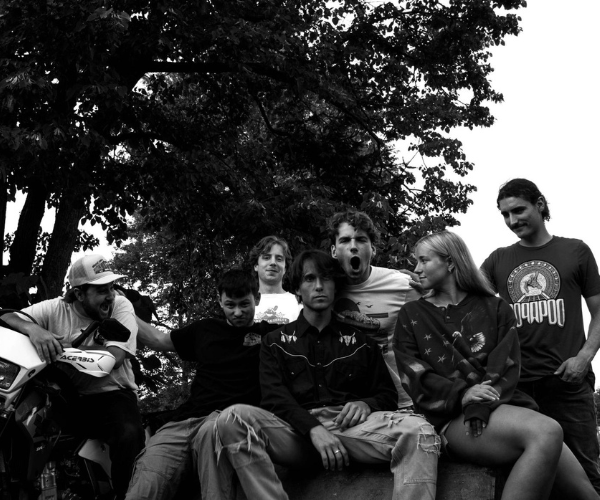The scene resembles a folktale: To get to the “leader,” we put on special gear and wend our way underground. There are blasted walls, scaffolding, piles of debris and a fine layer of dust everywhere. Wearing hard hats and goggles, we walk single-file through a labyrinth, and when we get our bearings, it’s a shock. The Cleveland Museum of Art is a mess, and it’s a bit of a thrill.
Timothy Rub, the new director of the museum, is a king without a full kingdom: The museum’s permanent collection is in storage, walls have been knocked down, there is a large hole in the ground, and it will be awhile before he has even a desk there. Yet he looks completely at home, ready for anything.
“The museum is an enormous resource,” says Rub, “with work representing 6,000 years of achievement in the arts. I want the public to view the museum as its own learning space.” As an example, he mentions the Louvre. “It’s the centerpiece of Paris. The people point to it and call it their own. I want the community here to be able to do that.”
Born in New York City, Rub has always loved art and had a stellar career before him as a curator. But somewhere along the line, he thought bigger and broader and received an MBA. Though his eyes light up when talking about art (Modernism in particular), all aspects of running a museum interest him, “especially one with such a great reputation,” he adds.
The museum world was once an effete place of scholarship and conservation. But today, a museum director such as Rub must be a scholar, manager, politician, community leader, communicator and, most importantly, a fund-raiser. Among the area’s arts venue projects, including Akron Art Museum’s renovation, a new building for the Cleveland Institute of Art across the street, and Museum of Contemporary Art (MOCA) Cleveland’s move to University Circle, the museum’s renovation plans are the most ambitious — and the most expensive.
“This is more than a 10-year plan. This is a rare opportunity to conduct a public conversation about the responsibilities and needs of the community, as well as the institution,” he says. “There is a century’s worth of cultural resonance for the community here, and we need to sustain that.
The museum has a formidable challenge to keep the bar high — and to raise it.”
Rub explains that a project on this scale should receive support from every sector in the community: government, foundations and individual philanthropic support, for which Cleveland has a long and proud history.
The museum needs to focus on the world, remain global in outlook, he says, and still stay true to its mission and its history. “We need to have a profound understanding of what has come before us.”
But that does not mean Rub and the museum will shirk their responsibilities toward contemporary art. The contemporary collection has improved since the 1980s, yet Rub says, “An institution like this needs to be collecting contemporary art. It keeps the institution interested and focused on the present. I feel strongly about this. The greatest numbers of people are interested in the art of their own time — especially young people — and the greatest number of collectors collect contemporary art.”
Rub’s personal favorite art era is early Modernism, a time of great change in the way art was made, perceived, presented and discussed. He compares this work with the Renaissance, which changed Western culture forever. Embracing change is sometimes difficult for Cleveland, but as we wind our way back out of the museum, Timothy Rub seems up to the task.



